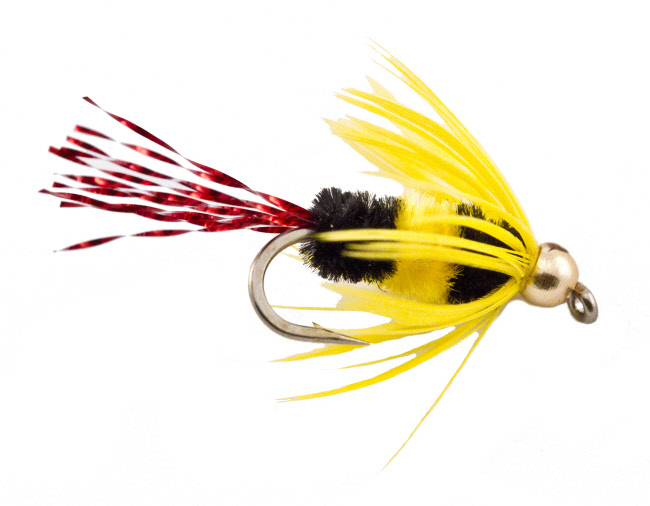
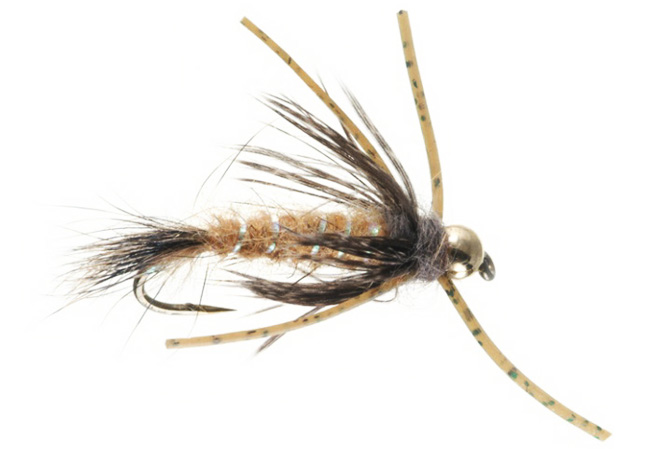
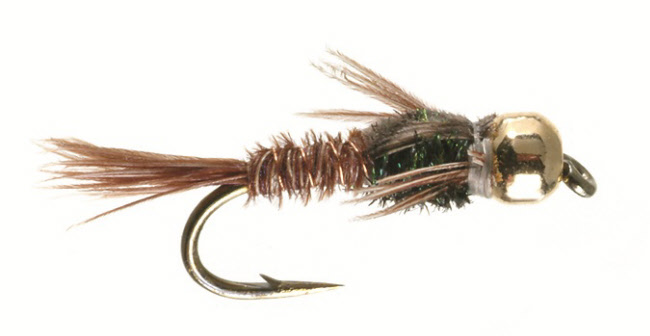
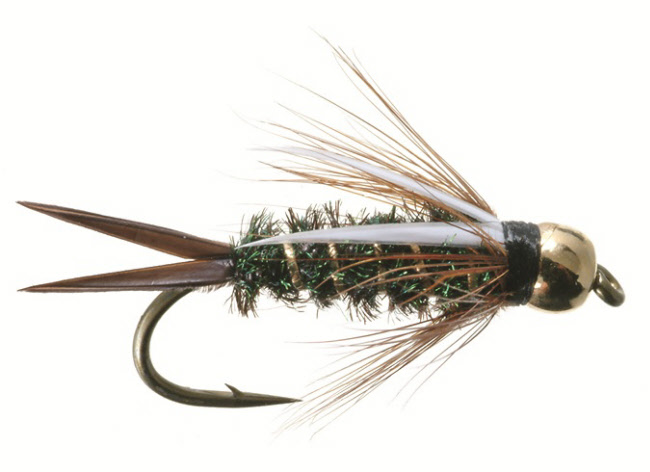
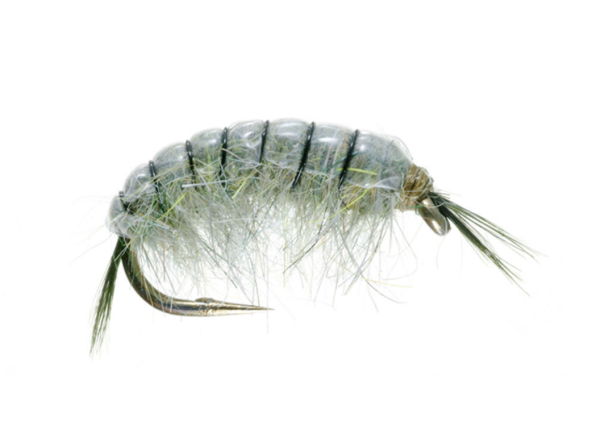
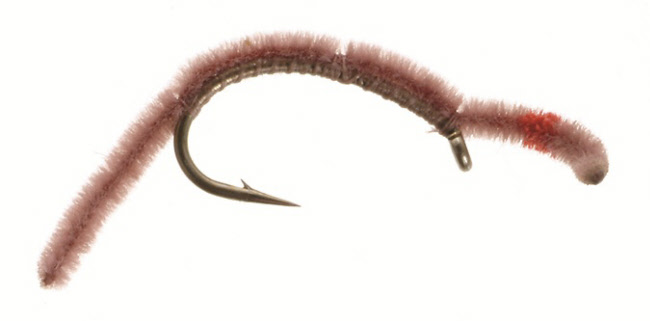
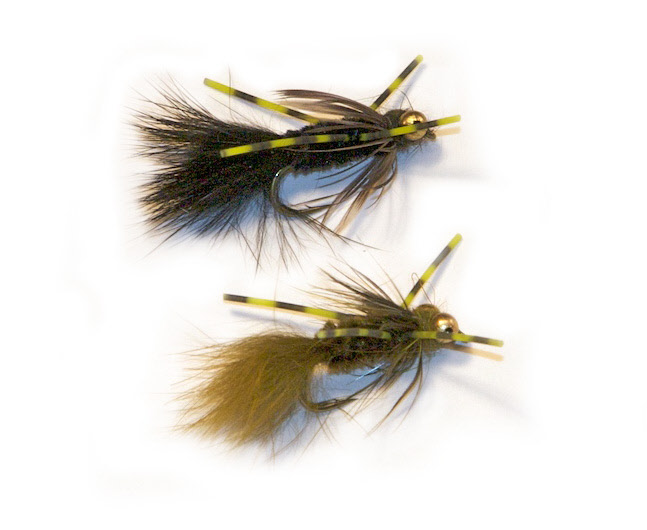
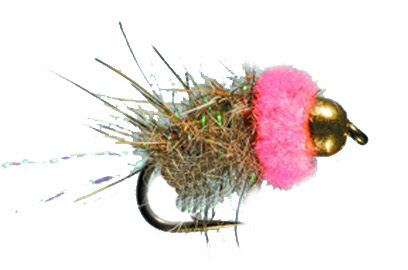
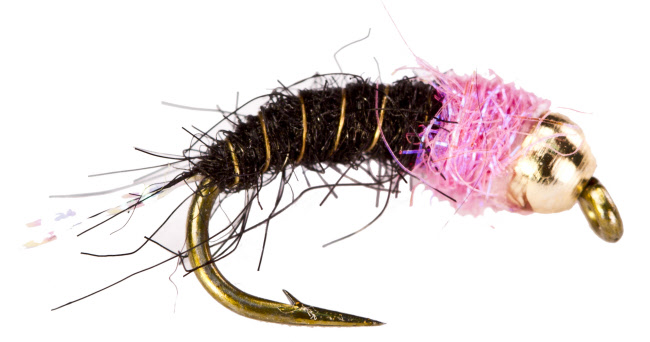
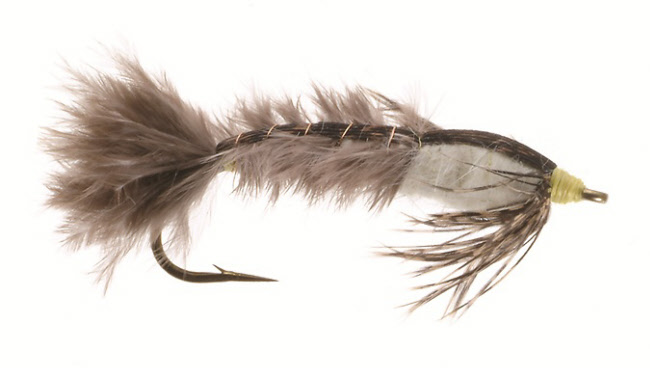
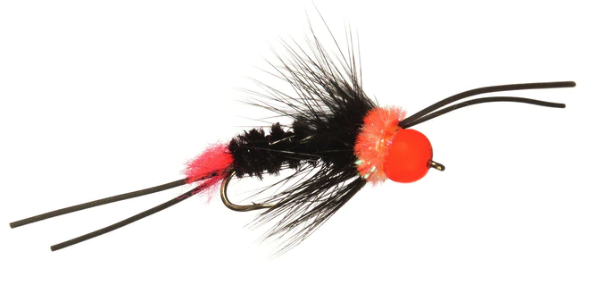
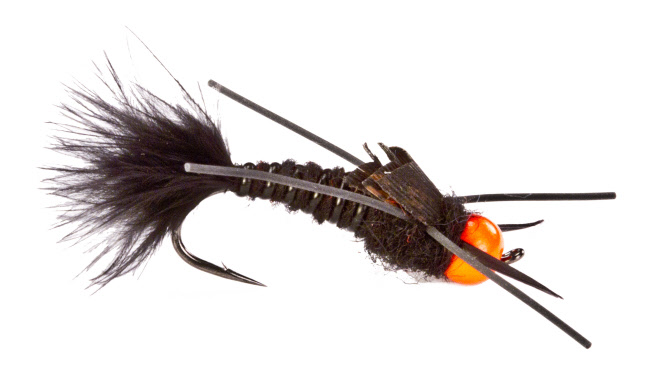
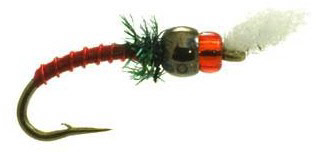
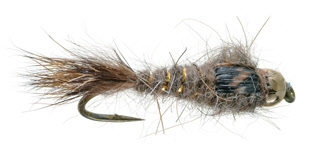

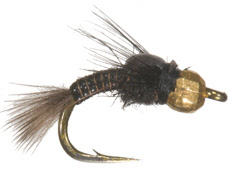
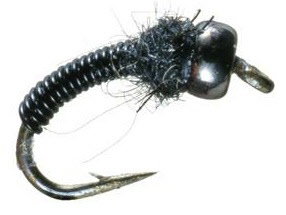
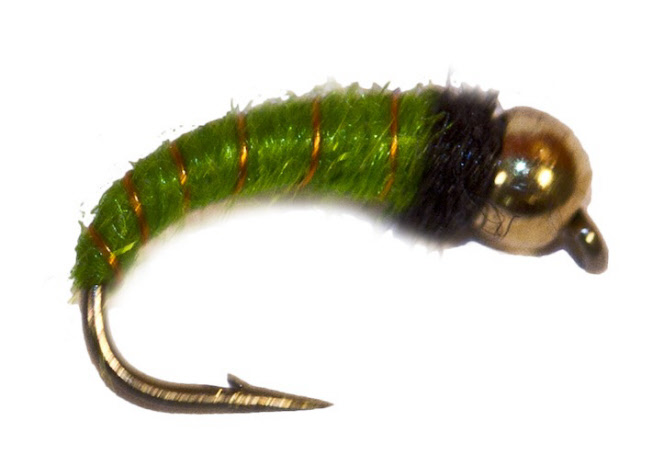
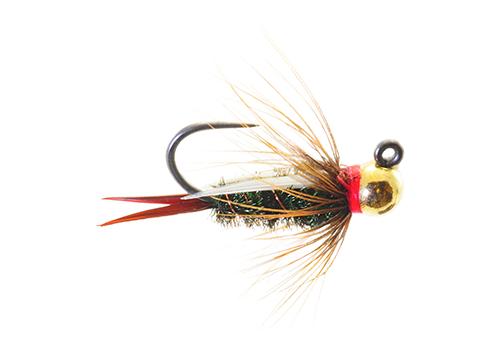
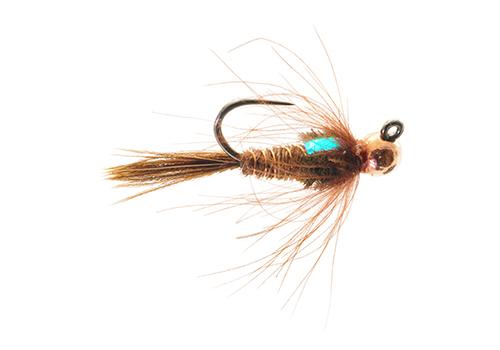
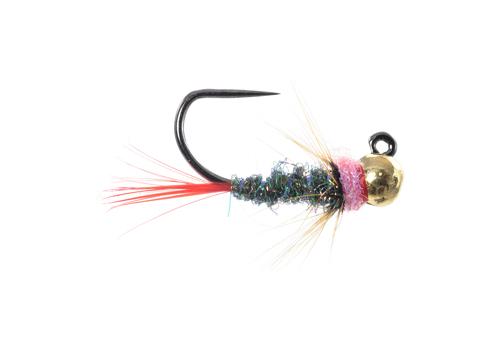
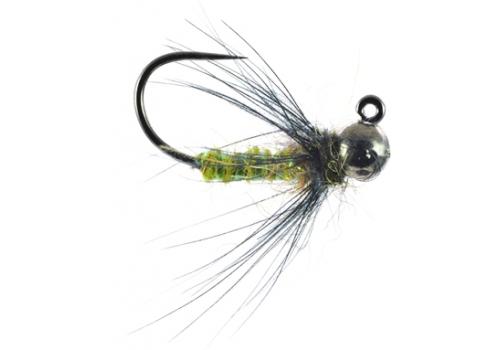
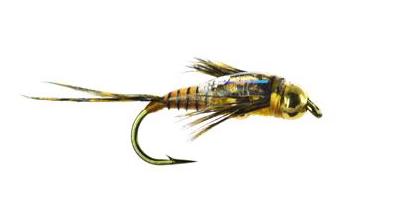
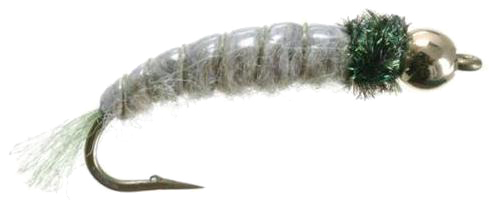
Although fly fishing for trout at the surface using dry flies can be a lot of fun because it’s more visual, you’ll catch most of your rainbow, brown, brook trout or cutthroats using subsurface flies. It’s always a challenge figuring out what the trout are feeding on, which dictates what nymphs and wet flies you need to be successful . 80% to 90% of the trout’s food is taken below the surface.
Trout will feed on all sorts of insects and crayfish dwelling along the bottom of rivers and creeks, such as nymphs, larvae, crustaceans, crawdads, leeches (use the Woolly Bugger for a good leech imitation), scuds and sowbugs.
Look along the edge of the river or stream for rocks. Pick one up and inspect the bottom. You should find larvae and nymphs of some of the most abundant flies in the area. Match up the larvae or nymph with the closest fly in your box. It doesn’t guarantee success, but it’s a start if you’re in an unfamiliar area.
Ask around the local area and find out if a certain fly or hatch is generally successful. But don’t get too married to any single wet fly or nymph. You have to be able to adjust to how trout are feeding, which means experimenting and not getting too stuck on a “favorite.”
The key to fishing nymphs and wet flies beneath the surface is gauging the weight you need to reach the bottom. A bead on the head of a fly may be enough weight to reach the bottom, but if it isn’t, you may need to add a split shot.
For fast water, when the fly doesn’t get down quickly enough, use a split shot and place it 5 or 6 inches from the fly on the tippet. Start by adding small split shot one at a time until you start making contact with the bottom. If you keep snagging bottom, you’ve probably got too much weight on. You want to maintain occasional contact with the bottom. We recommend using a strike indicator like the Air-Lock Indicator. These are easy to use and will help you detect a fish eating your fly. Generally set the indicator above the fly about one and a half times the water's depth. It takes some effort to maintain contact with the bottom by adjusting the weight and indicator's depth but those that make the effort generally will find more success.
Trout can be picky, and their menu can change quickly. You need to be flexible and willing to change your pattern as the conditions change. Many fly fishers looking to catch trout live by “match the hatch.” You need the gear and know-how to catch trout at any time of day in all seasons.
Our trout fly fishing experts at The Fly Fishers Fly Shop know just what you need to catch rainbow, brown, brook, and all other kinds of trout. Contact us today for expert opinion on the flies and fly fishing gear you’ll need for your next time out on the river.